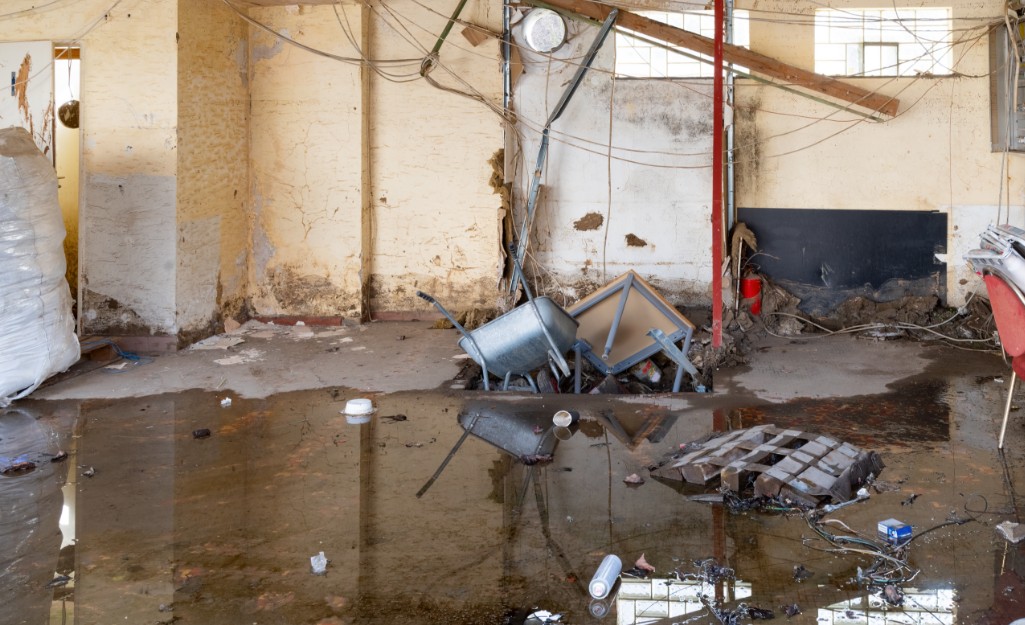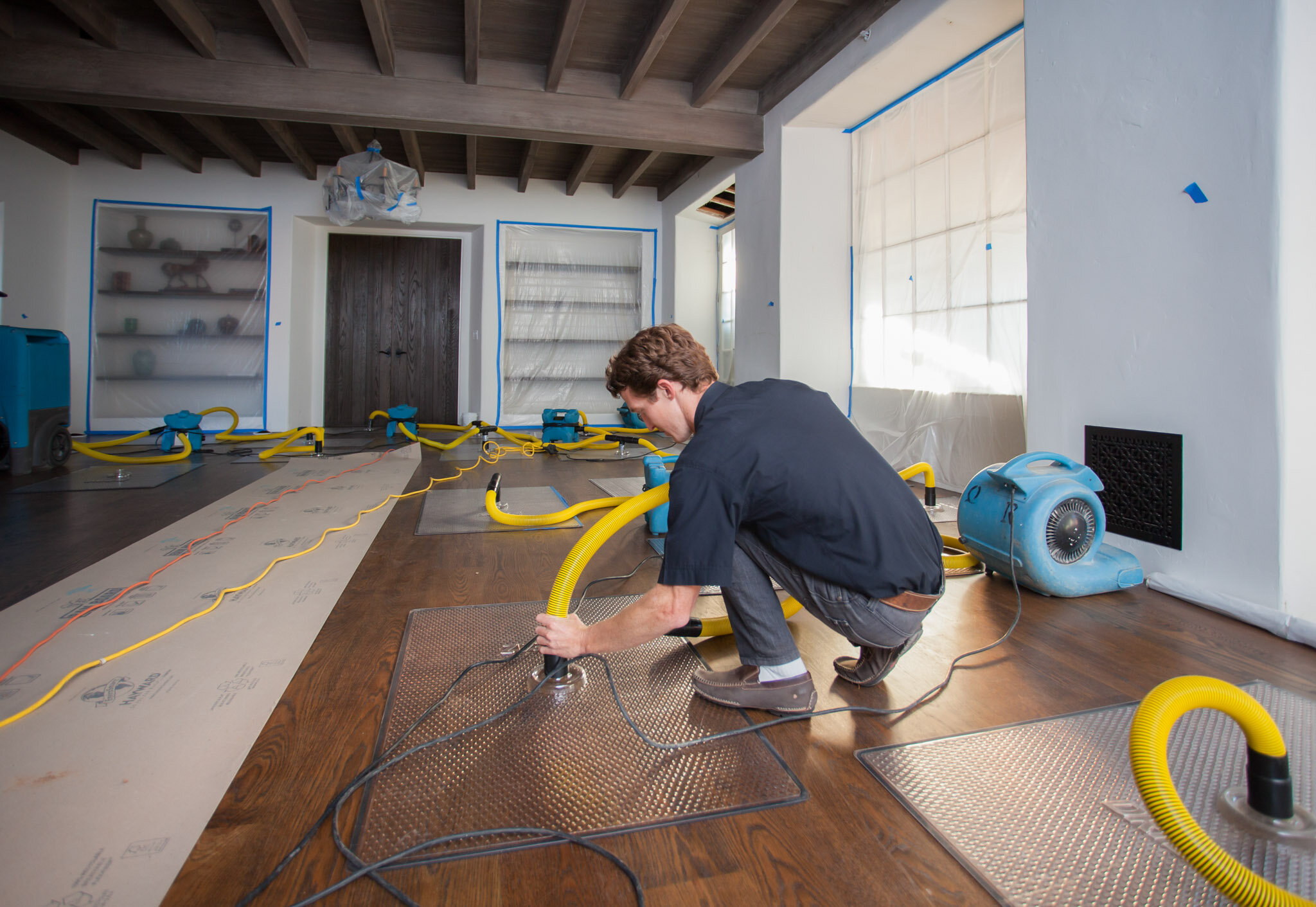Water Damage Restoration 101: Recognizing the Process and Price
Water damage can strike unexpectedly, leaving home owners in a state of confusion. Comprehending the repair procedure is necessary for reliable recuperation. From reviewing the damage to picking the appropriate service company, each step impacts the overall outcome and cost. Factors such as the sort of water damage and necessity additionally play a significant duty. What are the certain methods utilized in remediation, and exactly how can one get ready for prospective expenses?
Types of Water Damage
Water damage can arise from numerous resources, each providing distinct challenges for restoration. The 3 main types of water damage are categorized based on contamination degrees: tidy water, gray water, and black water. Tidy water stems from sources like busted pipelines or rain, posturing very little health dangers. Gray water, which includes wastewater from sinks or cleaning makers, includes contaminants that might trigger pain or ailment if ingested. Black water, one of the most harmful category, originates from sewage or floodwaters, having unsafe germs and virus. Each kind demands details remediation techniques and precaution to properly attend to the damage and mitigate health dangers. Understanding these differences is important for home owners and experts associated with the water damage reconstruction process.
First Assessment and Examination
A complete first assessment and evaluation are vital action in the water damage reconstruction procedure. This stage starts with a specialist reviewing the level of the damage, identifying the resource of the water breach, and determining the kind of water entailed - Flood Cleanup Services. Specialists use specialized equipment to measure moisture levels in different materials, such as walls, floorings, and furnishings. In addition, they examine architectural stability and potential health hazards, including mold and mildew development. The findings from this assessment notify the repair plan, guiding necessary activities and source allotment. Accurate documents of the damage is crucial for insurance policy cases and future recommendation. Generally, this preliminary evaluation lays the foundation for effective remediation, guaranteeing a comprehensive response to the particular situation handy

Water Removal Methods
Following the initial analysis, efficient water extraction strategies are utilized to mitigate damage and stop additional concerns. These methods involve the usage of customized devices such as industrial-grade vacuum cleaners and submersible pumps. The selection of approach relies on the volume of water existing and the kind of products affected. For standing water, completely submersible pumps are usually utilized for fast elimination, while vacuums are perfect for removing water from carpets and furniture. Additionally, advanced approaches like water extraction mats may be used for hard-to-reach areas. The objective is to eliminate as much water as feasible, decreasing the potential for mold and mildew development and structural damage. Trigger and reliable water extraction is vital in the total water damage repair procedure.
Drying Out and Dehumidification Process
Once the water extraction is total, the drying out and dehumidification procedure becomes vital to recovering the damaged location. This phase usually uses industrial-grade dehumidifiers and air moving companies to effectively minimize wetness degrees. The dehumidifiers attract moist air, eliminating excess moisture, while air moving companies circulate air to speed up dissipation. Tracking tools is typically used to track moisture and temperature level degrees, making sure ideal drying conditions. The duration of this procedure can differ relying on the extent of the water damage and environmental elements. It is important to extensively dry all affected materials, including walls, flooring, and furnishings, to prevent mold development and architectural damage. Appropriate execution of this step is crucial for a successful remediation end result.
Cleaning Up and Disinfecting Affected Areas

Initial Analysis and Examination
Prior to beginning any restoration efforts, an extensive initial analysis and inspection of the impacted areas are crucial for effective cleaning and disinfecting. This process entails identifying the degree of water damage, determining the source of the water breach, and reviewing the materials affected. Examiners typically search for indications of mold and mildew development, architectural honesty issues, and damaged valuables. The assessment likewise consists of inspecting dampness levels making use of specific tools to ensure no surprise water pockets remain, as these can cause more problems. Documenting the findings is crucial for planning the next action in the remediation process. A comprehensive first evaluation enables remediation experts to design a targeted strategy for reliable cleansing and disinfecting, inevitably reducing damage and health risks.
Cleaning Up Methods and Products
Reliable cleaning and disinfecting of water-damaged locations call for a variety of products and methods customized to the specific materials affected. For permeable surfaces like drywall and carpeting, extraction techniques are crucial to remove excess dampness, adhered to by deep cleaning with specialized cleaning agents. Non-porous products such as ceramic tile or steel can be cleaned up making use of commercial-grade cleansers that effectively remove contaminants. Heavy steam cleaning is an additional effective strategy, specifically for carpetings and furniture, as it uses heats to get rid of germs and mold. Additionally, green items are progressively preferred for their safety and security and effectiveness. Inevitably, selecting the appropriate cleansing methods and products not just guarantees instant tidiness however likewise aids in preventing more damage and health threats connected with water intrusion.
Sanitization and Disinfection Approaches
When attending to water damage, proper sanitization and sanitation techniques are necessary to assure the safety and security and wellness of the damaged environment. After first cleansing, surfaces must be treated with proper disinfectants to remove virus, mold, and microorganisms that thrive in wet problems. Common methods consist of the usage of EPA-approved chemical disinfectants, which can be used via splashing or wiping techniques. Additionally, ultraviolet (UV) light systems can effectively disinfect locations by counteracting microbes without severe chemicals. The option of method often depends on the type of materials affected and the level of contamination. Ultimately, complete sanitization not just restores a secure living area but also helps avoid future wellness threats associated with sticking around moisture and mold and mildew development.

Repair Work and Restoration Options

Variables Influencing Restoration Expenses
The extent of water damage directly impacts the repair costs home owners can expect to sustain. Aspects such as the resource of the water, the duration of exposure, and the damaged products substantially influence pricing. As an example, clean water damage from a broken pipe is typically much less expensive to restore compared to damage triggered by sewage. Furthermore, the degree of contamination dictates the demand for specialized cleaning and disposal services, further increasing costs. Geographical area additionally plays a role, as regional labor rates and availability of repair visit here solutions can vary. Ultimately, the seriousness of the feedback influences prices; quicker treatments normally lead to decrease overall expenditures by stopping more damage. Comprehending these elements is crucial for property owners when approximating repair prices
The 3 primary kinds of water damage are classified based on contamination levels: tidy water, gray water, and black water. A complete preliminary analysis and examination are important actions in the water damage restoration process. For standing water, submersible pumps are commonly made use of for rapid elimination, while vacuum cleaners are perfect for removing water from carpets and furniture. The extent of water damage directly impacts the repair sets you back home owners can expect to sustain. Tidy water damage from a damaged pipe is generally less pricey to restore contrasted to damage triggered by sewage.